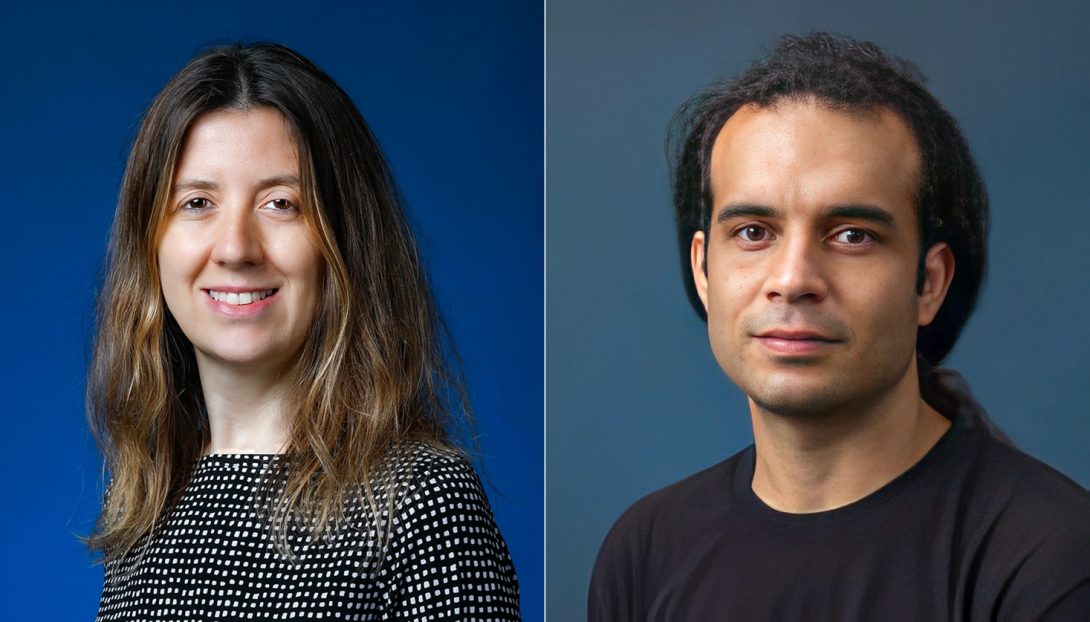Featured Research
Sudip K. Mazumder Heading link

Power electronics to improve electrosurgery
Professor Sudip K. Mazumder, doctoral student Congbo Bao, and Ankit I. Mehta, a neurosurgeon with University of Illinois Health, have summarized a way to control the power of electrosurgery tools to make them more precise. Their interdisciplinary work was featured as the cover story in the December 2023 issue of IEEE Power Electronics magazine.
The work evolved from a National Institutes of Health grant with Mazumder as a co-principal investigator, “CPS: Autonomous attainment of tissue-centricity in electrosurgery through data-driven persistently evolving thermogeometric adaptivity.”
Unlike conventional surgery, which relies on sharp scalpels, electrosurgery can not only allow surgeons to precisely cut tissue, but also vaporize tumors and coagulate blood. Controlling the delivery of energy to an electro-scalpel is critical, and dedicated electrosurgery generators have continuously improved in weight, size, functionality, and safety.
Wide-bandgap semiconductors, such as gallium nitride or silicon carbide, have higher switching frequencies and reduced power loss, which have contributed to the ability to miniaturize electrosurgery generators.
Mazumder’s team has added adaptive control to a gallium-nitride inverter, that can allow surgeons to use thermal sensing and impedance estimation to adjust power levels based on real-time feedback. This can improve surgical outcomes. In conventional electrosurgery, these power levels are typically preset and cannot be manipulated.
Mazumdar hopes these developments will lead to a new field of biomedical power electronics.
Hulya Seferoglu and Erdem Koyuncu Heading link

Testbed to improve edge computing systems
Associate Professor Hulya Seferoglu and Assistant Professor Erdem Koyuncu have been awarded $152,470 from the Army Research Office to improve the speed, accuracy, and security of Machine Learning (ML) computing during army missions.
ML and artificial intelligence (AI) algorithms use significant resources, from memory to computing power. Typically, these computation-intensive tasks are sent to the cloud for processing. But in the field, this central processing may not be available, or it may not be safe, so a machine learning model can be split into tasks and calculations that are distributed to nearby edge devices. These devices include computer servers and computers, cell phones, and other handheld devices.
Machine learning models can be large, and they are getting larger with language models, so these models don’t fit on one device. Seferoglu explained that edge devices often face constraints like limited computing, memory, storage resources, and potential network disruptions, especially since they are mobile, distributed, intermittent, and disconnected.
Protecting the privacy of the data being processed by these edge devices is critical.
They are designing methods to provide privacy of this data, and to ensure calculations are done correctly and protect against devices that are behaving maliciously.
To simulate field conditions using edge devices in resource-constrained environments, Seferoglu and Koyuncu are building a testbed that will emulate these systems on a smaller scale. The equipment will facilitate testing novel ML algorithms and optimization protocols, and provide feedback to AI/ML theory, helping refine models to better reflect the behavior of tactical edge computing systems.
The grant, Resource-Constrained Tactical Edge Computing System for Artificial Intelligence and Machine Learning, builds on a previous award to improve the performance of edge devices through ML algorithms and AI.
Ryan M. Corey Heading link

Develops system to help people hear better in noisy group settings
Largegatherings are often noisy and can prove challenging for following conversations for many people, especially those with hearing loss. Conventional hearing aids and other listening devices don’t work well in noisy environments, or for group conversations. They pick up background noise and can’t suss out individual conversations, especially when multiple people are speaking at once. Remote microphones and microphone arrays can enhance the ability to hear, but these methods require specialized hardware, which isn’t practical for the typical group gathering.
Ryan M. Corey, an assistant professor in the electrical and computer engineering department, and his former colleagues at the University of Illinois Urbana Champaign (UIUC), Manan Mittal, Kanad Sarkar, and Andrew C. Singer, developed a system to help people hear better in group settings.
Corey and his colleagues devised a system using items most of us use on a regular basis: smartphones, wireless earbuds, or hearing aids. Each person in the group dons their hearing aid or earbuds and places their phone on the table in front of them. The earpieces and phones transmit data to each other, and adaptive signal processing generates an individualized sound mixture for each person, and minimize background noise and echoes of the user’s own voice.
Their proposed system uses adaptive crosstalk cancellation to remove the voices of all other users from each mobile device. Spatialization filters, personalized for each listener, are sent to each device, matching the signals at the user’s two ears. This allows users to hear each other as they sound in-person, rather than sounding like they are on a conference call. These filters adapt over time as the listener moves their head, and as the talkers move around.
Corey’s team at the Listening Technology Lab at UIC continue to refine their system to improve noise reduction, and to better track motion when the users move around quickly. Current consumer wireless standards like Bluetooth are too slow for a real-time listening system, so they also hope to shorten delays in transmission.